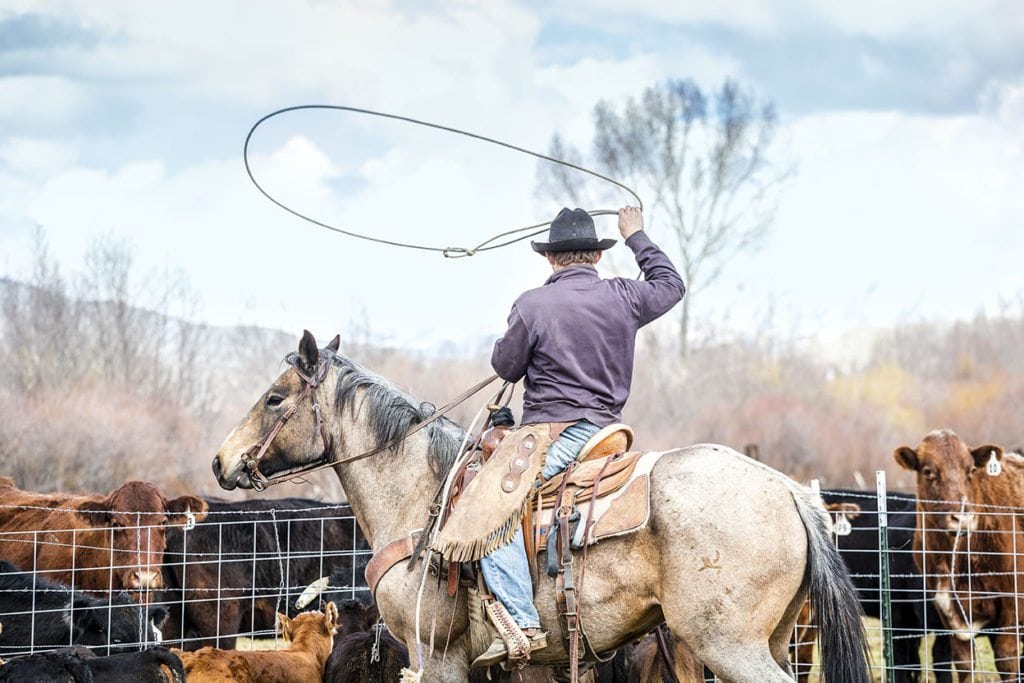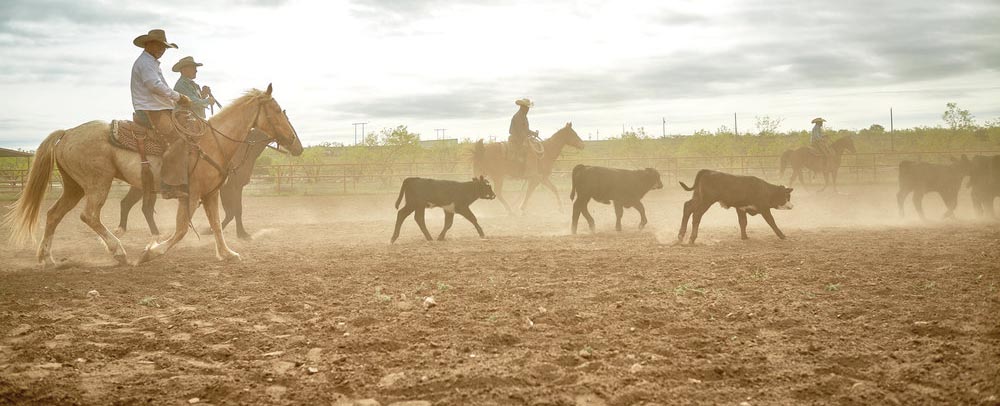Some folks purchase rural land for pleasure as much as for profit. Motivated by a dream of running a hunting operation, raising cattle or having their own place to roam, they may forget that the land can help to pay for itself.
Do first things first. Most people never accomplish their goals because they focus on what they know how to do, what they like to do, what’s easiest and what’s urgent. – Danny Klinefelter (Texas A&M University agricultural economist)
“Most people ranch or farm because they love growing things, they love animals, they love being outside, or they love being independent,” says Danny Klinefelter, an AgTexas Farm Credit board member and Texas A&M University agricultural economist. “Not as many enjoy the financial, marketing and people management sides of the business. But these days, that’s where you need to focus.”
Klinefelter offers ten best management practices that can be especially helpful for new ag operators and rural landowners.
“These are things that any producer can do, but that 95 percent of producers don’t,” says Klinefelter, who is also a farm management expert with Texas AgriLife Extension. “If you’re looking for ways to get better, this list would be a good place to start.”

1. Match costs with revenues.
Too many producers treat costs and earnings separately. Focus on managing the margin between costs and revenue by looking a few months ahead. Cattle producers, for instance, can lock in the price of future inputs such as feed, and then use the cattle futures market to protect their selling risk.
“Too often, farmers and ranchers wait to get a better deal,” Klinefelter says. “If you lock in a profit, it’s hard to go broke.”
2. Play “What if?”
Don’t limit yourself to considering most-likely outcomes. Plan for the worst. Start with the four Ds—what if someone dies or becomes disabled, what if there’s a divorce, or what if a key player departs?
Klinefelter uses insurance to illustrate the need for contingency planning. If you take off a hay crop every year for extra income, you might be able to ride out a drought. But if you produce hay and cattle in a drought-prone region, you may want to consider weighing the cost of Pasture, Rangeland and Forage Insurance against the cost of purchasing hay for feed.
“You might hate to pay the premium, but look at what could go wrong and ask yourself if you can afford it,” Klinefelter says.
3. Stay on top of your business.
“Successful managers monitor and analyze their performance,” Klinefelter says. “They’re more likely to spot problems and opportunities before it’s too late. Business problems are like cancer—they eat away at profits. But if you spot them early, they’re often treatable.”
For example, many ag operators take last year’s cash-flow budget and adjust it for next year.
“Usually, lenders won’t settle for this,” Klinefelter says. “They know that ranchers and farmers consistently overestimate projected earnings.”
Each month, check projections against current cash flow. If this month proves worse than projected, you may need to adjust your expenditures.
4. Establish priorities—the 80:20 rule.
The 80:20 rule says that 80 percent of what we accomplish is produced by 20 percent of what we do.
“Do first things first,” Klinefelter says. “Most people never accomplish their goals because they focus on what they know how to do, what they like to do, what’s easiest and what’s urgent.”
For example, if you operate a hunting ranch and prefer the hands-on work of building feeders and maintaining deer blinds over marketing, it might pay to hire a marketing professional to promote the business.

5. Conduct autopsies.
Evaluate key decisions to avoid repeating mistakes. What went well and what went poorly? What did you overlook, and which assumptions led you wrong? What did you learn?
Consider the rancher who raises purebred cattle for potential embryo and breeding stock sales. If that business model is too labor- or input-intensive, it may be time to switch to a more traditional cow-calf business model.
6. Do little things better—the 5 percent rule.
“Studies show that the most sustained success comes from doing 20 things 5 percent better, rather than doing one thing 100 percent better,” Klinefelter says. “Also, the most profitable producers tend to be only about 5 percent better than average farmers in terms of costs, production or marketing.”
He uses wheat to illustrate how little things add up. Assume the seasonal average wheat price was $7 a bushel. Others waited for prices to hit $8, but that never happened. You locked in a sure thing by forward-contracting for $7.35, just 5 percent higher than the average price.
7. Benchmark your performance.
“Most producers have no clue how they stack up against their competition,” Klinefelter says. “They think they’re average or a little above—but it’s not possible for everyone to be average or above. How do you stack up against the top 25 percent?”
Consider, for instance, that you raise cattle, and your calves have a lower average birthrate than those on similar operations. Find out how others have improved survival rates in their herds.
8. Analyze what to stop doing.
“Successful managers spend as much time analyzing what they need to stop doing as they do evaluating new opportunities,” Klinefelter says. Such analysis can lead to shedding assets, enterprises, people, land leases or unnecessary practices.
He cites the case of a family that produced milo and cotton crops that were only marginally profitable. They generated more profits buying calves and putting them on winter wheat in November, and selling them each spring.
“These brothers decided to lease their cropland to other farmers and focus on what they did best—raising cattle. It made a huge difference,” he says.
9. Use accrual-adjusted income to evaluate profitability.
“Cash-basis accounting is great for simplicity and tax management, but it’s a poor way to measure true profitability,” Klinefelter says. “Cash-basis often lags accrual-adjusted accounting by two to three years in recognizing profit downturns and upturns. By then, it’s too late to respond.”
You don’t need an accrual accounting system, however; simply prepare balance sheets that reflect the beginning and end of the period for which you’re measuring income. Include inventories, accounts receivable, prepaid expenses, accounts payable and accrued expenses.
10. Learn from the E-myth principle.
The E-Myth” a book by Michael Gerber, talks about how many people believe they can succeed as entrepreneurs, when in reality most small businesses fail. Gerber maintains that most business owners begin with a fatal assumption—that if you understand the technical side of your business, you understand how to run the entire business.
Klinefelter suggests you apply this lesson to ranching, by learning about other players that affect your operation—employees, buyers, suppliers and funding sources.
“Find the top three things that most frustrate each of these groups in dealing with a business like yours. If you can reduce those frustrations, you can become the supplier, customer, employer, borrower or tenant of choice,” he says. For example, ag lenders such as Farm Credit like to hear from customers when changes occur—don’t wait until the end of the year to contact them.
Do you manage a ranch or farm? Share your tips for running a successful business in the comments section.
This article appears in the fall 2016 issue of Texas LAND magazine and was provided by Farm Credit Bank of Texas. Visit www.landmagazines.com to read more and subscribe to future issues of both LAND magazine and Texas LAND magazine.




